The unnatural stick structure data was collected as a part of a further study of the area around the track site. Please keep in mind, the limited data does not prove anything other than to encourage more data collection over a larger area. At this point, it really is not worth analyzing the limited structure data with an elaborate statistical package. However, it is interesting to note that the random probability of the highest stick in a structure to point to another stick structure next to it along the illustrated trend line is 11%, assuming + or - 10 degrees on your compass. The random probability of the highest stick in each of the six stick structures (ST-1, ST-2, ST-2b, ST-3a, ST-3b, and ST-4) to point to another stick structure next to it and along the illustrated trend line is 0.0016%, again assuming +/- 10 degrees on your compass. That is, there is a 99.9984% random chance that at least one of the highest stick in each of the six stick structures will “not” point at an adjacent stick structure along the trend line.
The hypothesis used in the development a data collection strategy was "unnatural stick structures could have been created by bigfoot creatures as a navigational tool." The idea of researching unnatural stick structures as possible Bigfoot navigational tools, and collecting directional data of the highest stick in the structure are wonderful ideas that originated from another researcher.
The possible trends illustrated in the second map (below) have inspired a more extensive future mapping of unnatural stick structures using a more comprehensive data collection strategy over a larger area (i.e. square miles) around the track site.


As a quick reference, here is the data for the "Six Print Track" shown in the maps above and posted in an earlier blog entry.







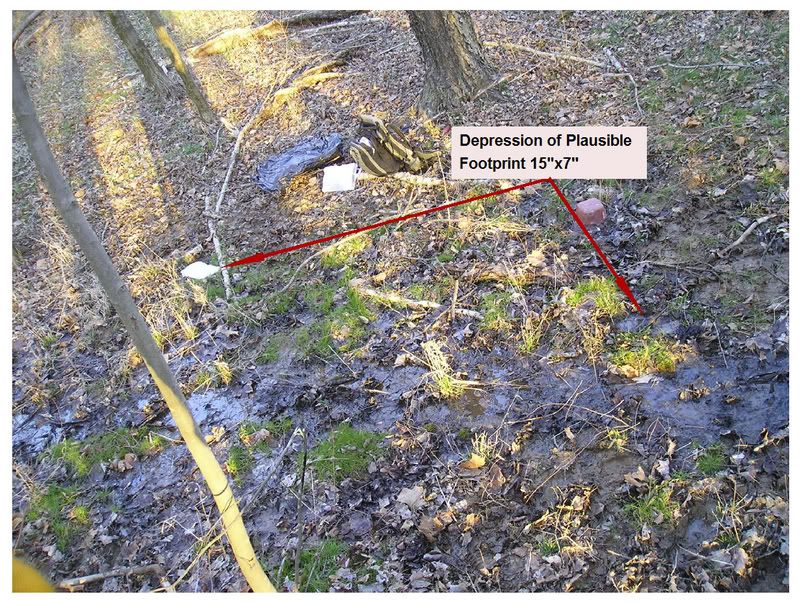

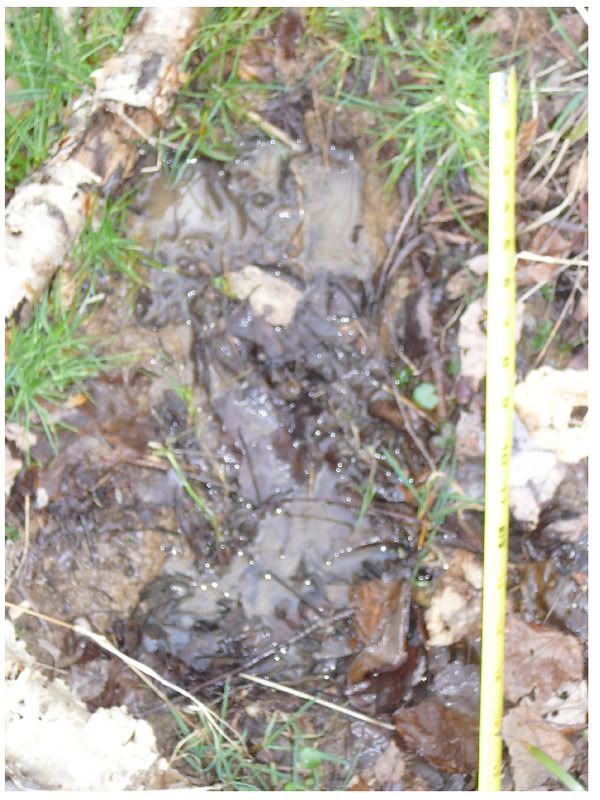
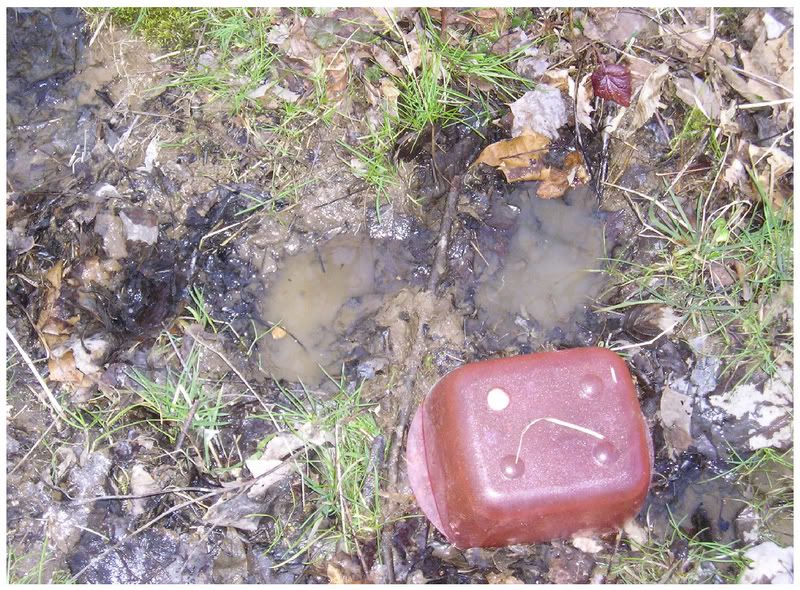
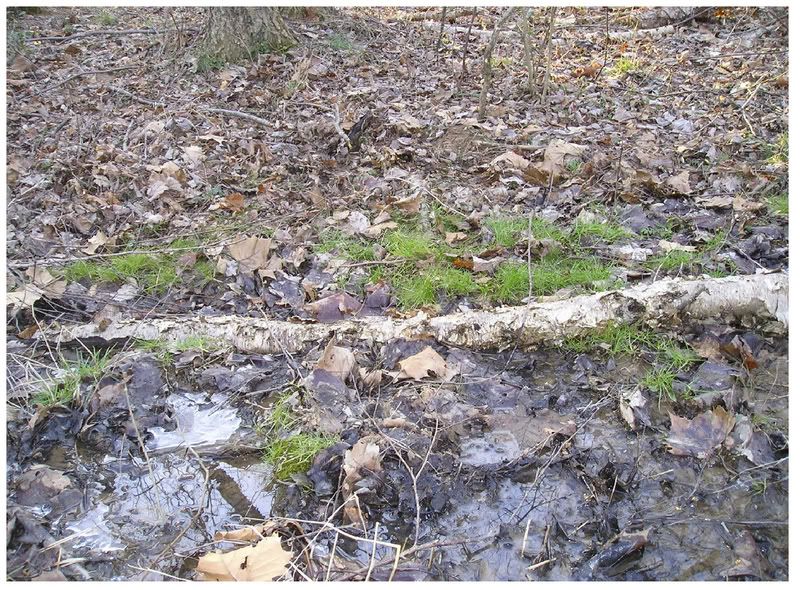
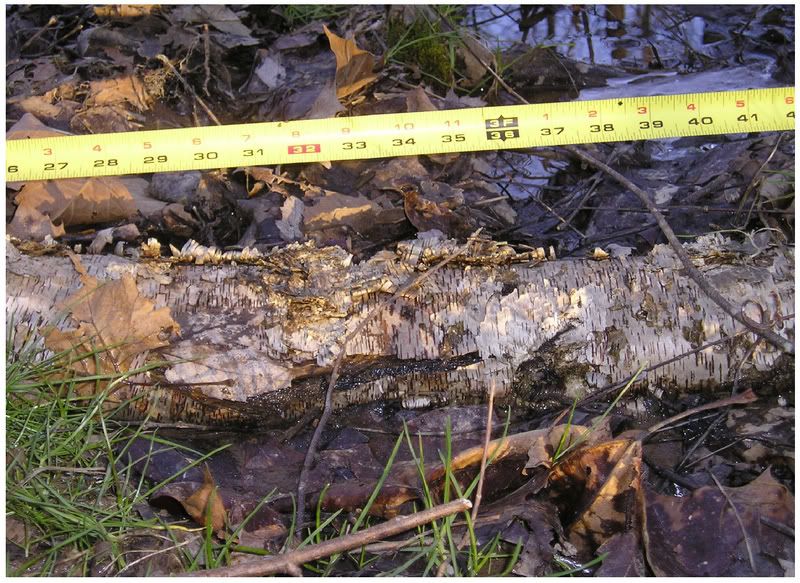
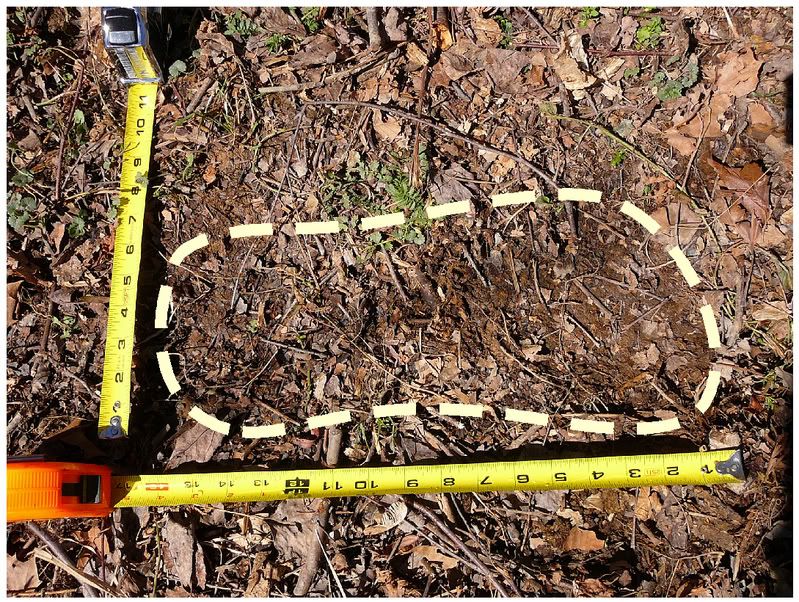
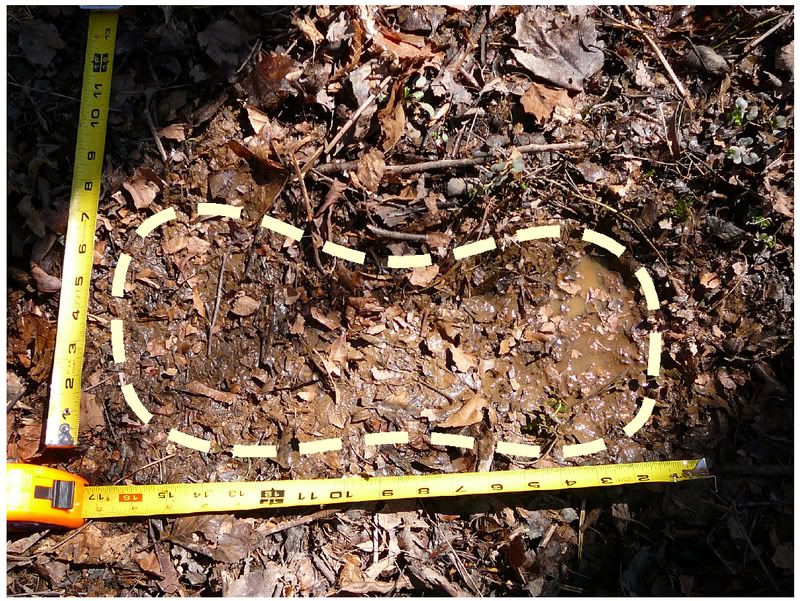

 And of course,
And of course,  If you are asking yourself, "Why are you posting this?". Here is the answer. Folks, we don't find possible evidence every single time we go out into the field! Certainly, anyone who says they do are not be completely truthful. I can say that there have been many times I have searched and found absolutely nothing! Is there anything wrong with that? NO. However, you will notice that I will post field research EVEN WHEN NOTHING IS FOUND! I think this is very important. First of all, it shows that we are very SERIOUS in our investigations. We are not out there trying to find ANYTHING to call Bigfoot evidence. Second, I think folks need to see that we are out there making an attempt to find evidence even when we don't. How many sites dedicated to Bigfoot/Sasquatch research do you see doing that? Try ZERO!!!
If you are asking yourself, "Why are you posting this?". Here is the answer. Folks, we don't find possible evidence every single time we go out into the field! Certainly, anyone who says they do are not be completely truthful. I can say that there have been many times I have searched and found absolutely nothing! Is there anything wrong with that? NO. However, you will notice that I will post field research EVEN WHEN NOTHING IS FOUND! I think this is very important. First of all, it shows that we are very SERIOUS in our investigations. We are not out there trying to find ANYTHING to call Bigfoot evidence. Second, I think folks need to see that we are out there making an attempt to find evidence even when we don't. How many sites dedicated to Bigfoot/Sasquatch research do you see doing that? Try ZERO!!!  The day of our investigation was cold (36 degrees F) and windy (10-15 mph). Our main purpose for the site visit was to cast a possible print we had found about 3 weeks earlier. Temperatures below freezing prevented us from casting the print previously. The print measured 15-inches in length and 7-inches in width. Below is a photo of the print prior to casting.
The day of our investigation was cold (36 degrees F) and windy (10-15 mph). Our main purpose for the site visit was to cast a possible print we had found about 3 weeks earlier. Temperatures below freezing prevented us from casting the print previously. The print measured 15-inches in length and 7-inches in width. Below is a photo of the print prior to casting. Billy Willard poured the casting material into the print at about 4:30 pm. While the cast was setting up, Tom and Billy performed additional investigation of the area.
Billy Willard poured the casting material into the print at about 4:30 pm. While the cast was setting up, Tom and Billy performed additional investigation of the area. Finding the additional tracks we believe further substantiates the findings.
Finding the additional tracks we believe further substantiates the findings. Below is a photo of the stick configuration. Again, careful searching was done to determine if this could all occur from natural falls. No evidence could be found to show this was a natural occurrence.
Below is a photo of the stick configuration. Again, careful searching was done to determine if this could all occur from natural falls. No evidence could be found to show this was a natural occurrence.  A well-known researcher gave us a suggestion and theory to test out on certain stick structures. It was suggested to begin recording the positions of certain sticks or logs (particularly the top and longest one) and record the pointing directions of them. Surprisingly, the top and longest stick or log in both configurations pointed northeast/southwest. Now, what does this mean? We don't know if it means anything. Could we theorize that this could be some type of navigational device? Sure, it's possible, but further research of these structures and other discovered structures needs to be performed. Below is another, smaller stick structure found. And yes, the larger, top stick is pointing northeast/southwest.
A well-known researcher gave us a suggestion and theory to test out on certain stick structures. It was suggested to begin recording the positions of certain sticks or logs (particularly the top and longest one) and record the pointing directions of them. Surprisingly, the top and longest stick or log in both configurations pointed northeast/southwest. Now, what does this mean? We don't know if it means anything. Could we theorize that this could be some type of navigational device? Sure, it's possible, but further research of these structures and other discovered structures needs to be performed. Below is another, smaller stick structure found. And yes, the larger, top stick is pointing northeast/southwest.
